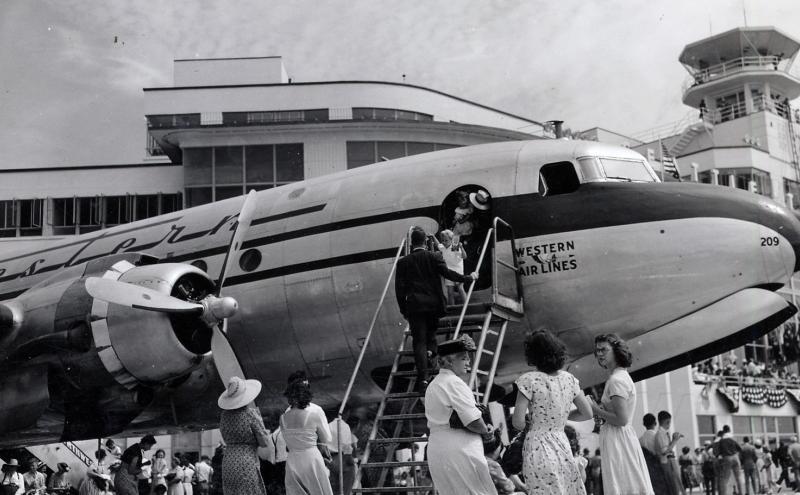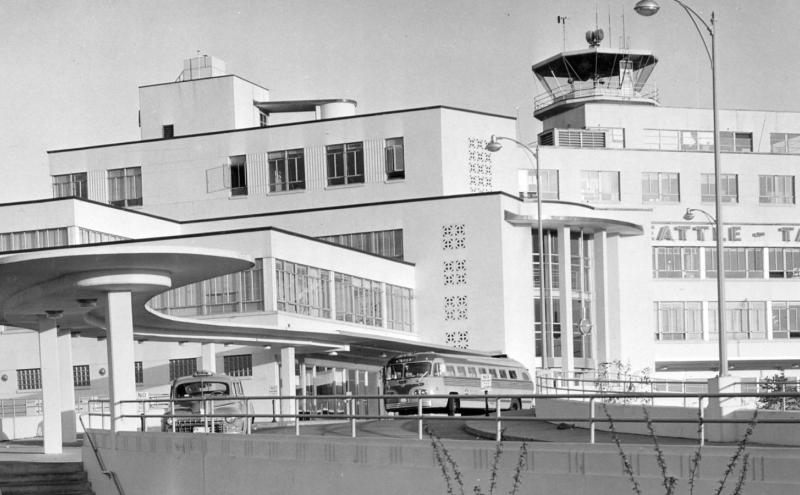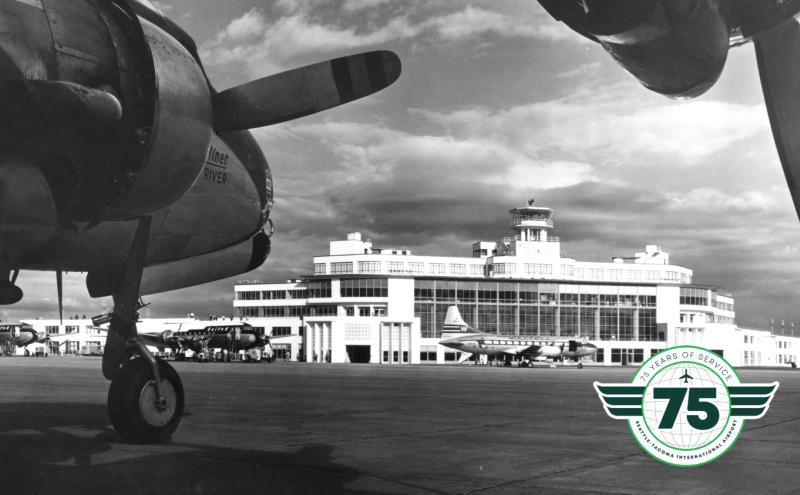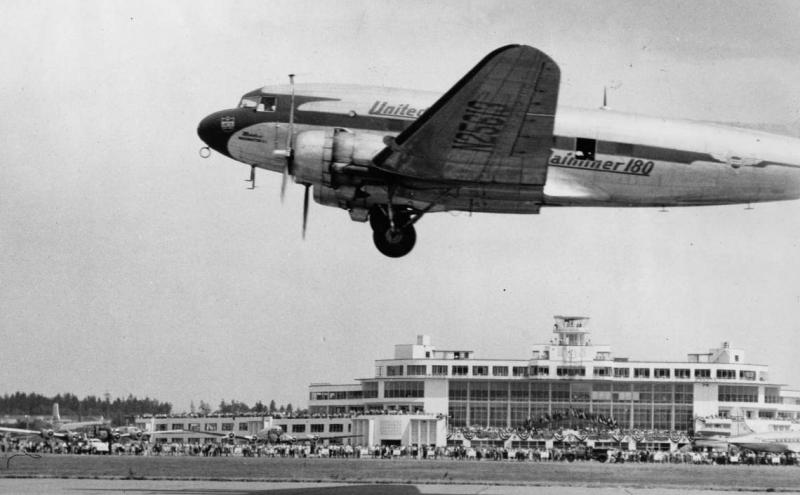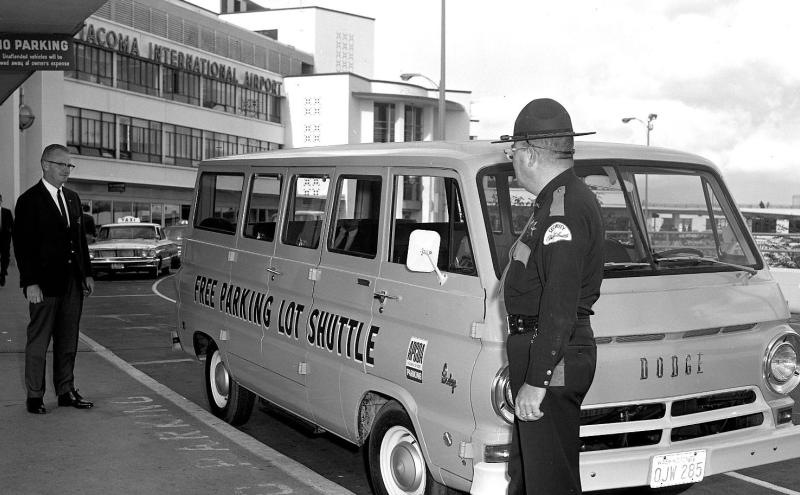
Adapted from “Rising Tides and Tailwinds — The Story of the Port of Seattle” and HistoryLink.org
Construction at SEA Airport through the 1960s generated well-paying jobs for the region and prompted an exciting historical discovery. Our region was in the global spotlight and the airport hosted many notable people during this era.
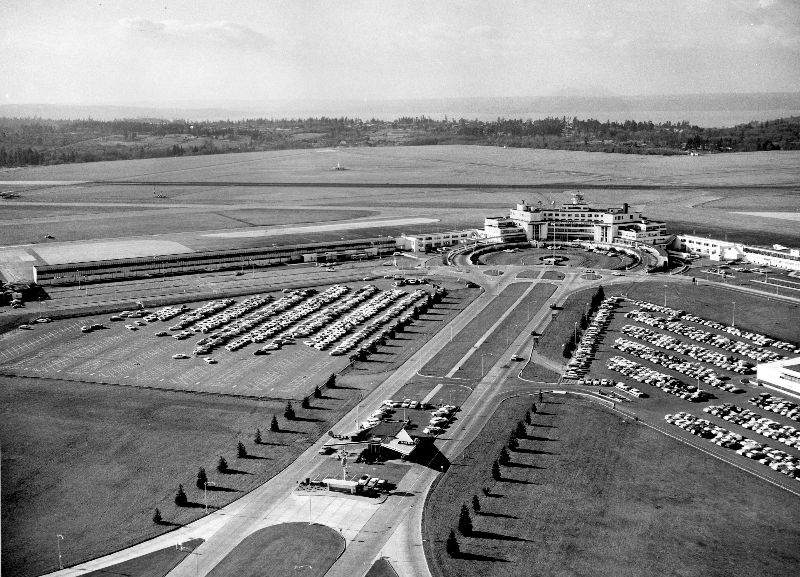
1960-61: Moving forward and going way back
In 1960 and 1961, the Port lengthened the airport’s main runway for the third time, extending it 1,700 feet south via a bridge over South 188th Street, the airport’s original boundary. Workers also added more parking and enlarged the terminal, extending what are now Concourses A and D to the south and north of the main building.
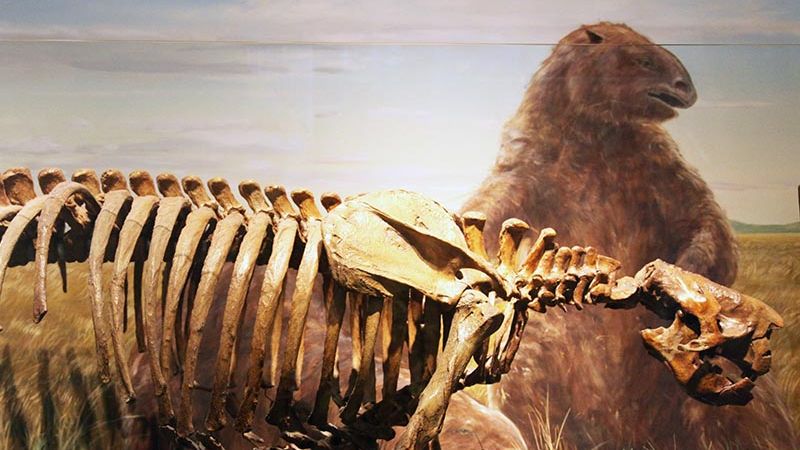
While working on the expanded runway, a construction crew found the skeleton of a giant sloth sticking out of a 14-foot-deep hole on February 14, 1961. Paleontologists from the Burke Museum came to investigate and found about 60 percent of the body of a giant sloth, known as Megalonyx jeffersonii. The extinct animal, weighing 2,000 pounds (about the size of a Mini), lived around 12,600 years ago. You can now find the well-preserved sloth skeleton on display at the Burke Museum with the missing bones constructed from plaster, or a life-size replica at the Highline Heritage Museum.
- Read more at HistoryLink
Workers rushed to finish these improvements by late 1961 to be ready for visitors to the Seattle World’s Fair the following year.
1962: Spotlight on Seattle
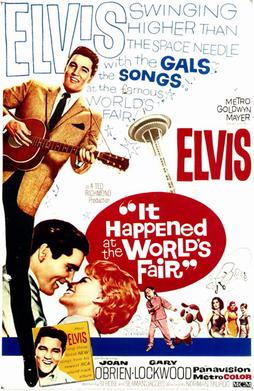
Century 21 (or the Seattle World’s Fair) brought crowds of visitors to town and put the region in the global spotlight. Airport traffic grew to more than two million passengers in 1962.
Countless celebrities came through SEA Airport to visit the fair, including astronaut John Glenn and cosmonaut Gherman Titov; famous Hollywood stars John Wayne, Walt Disney, and Jay "Dennis the Menace" North; politicians Vice President Lyndon B. Johnson, Senator Eugene McCarthy, Robert F. Kennedy, and Richard M. Nixon; royalty Prince Phillip, the Shah of Iran, and Empress Farah; and old-school musicians Igor Stravinsky, Eugene Ormandy, Benny Goodman, Jack Teagarden, and Al Hirt.
Although each received their share of media coverage, none garnered the sustained media fanfare whipped up for Elvis Presley’s September 1962 visit to film “It Happened at the World’s Fair.” (source: HistoryLink)
1963
Many luminaries traveled through SEA Airport in this decade.
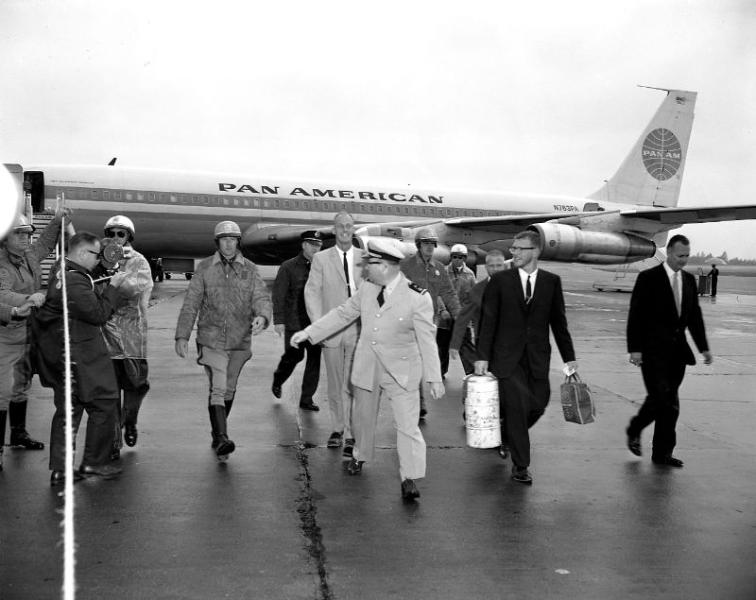
Jim Whittaker
Mountaineer Jim Whittaker came through SEA Airport after becoming the first American to climb to the top of Mount Everest, the world's tallest peak, on May 1, 1963. He was also the first full-time employee and eventual CEO of Recreational Equipment, Inc. (REI); and the leader of the first U.S. expedition to successfully climb K2, the world's second-highest peak. (source: HistoryLink)
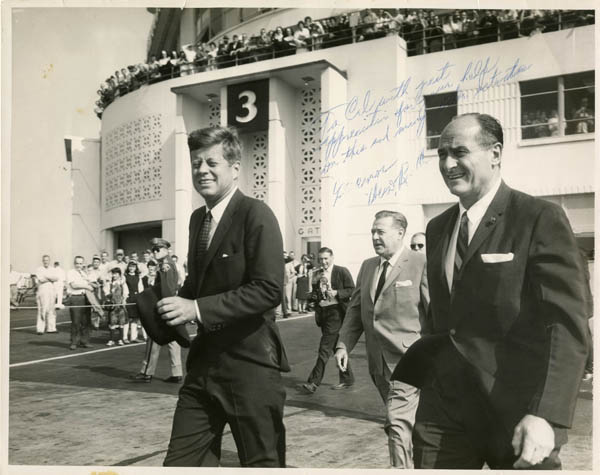
President John F. Kennedy and Lyndon Banes Johnson
On September 27, 1963, President Kennedy landed at SEA Airport as part of an 11-state conservation tour. In the photo, Governor Albert Rosellini and U.S. Senator Warren Magnuson accompany Kennedy to a helicopter at the airport. This was his last trip to Washington State, two months before he was assassinated.
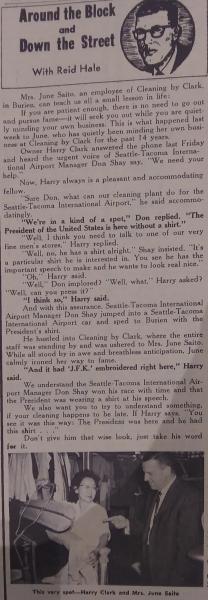
After the President flew into SEA Airport, he had a monogrammed shirt that needed to be cleaned. SEA Airport Manager Don Shay arranged a last-minute dry cleaning with Harry Clark of Clark’s Dry Cleaning in Burien. Thankfully, President Kennedy was able to wear his shirt for his speech at Cheney Stadium about conservation and the environment.
On October 28, the first international nonstop flight — Northwest Airlines to Tokyo — left SEA Airport.
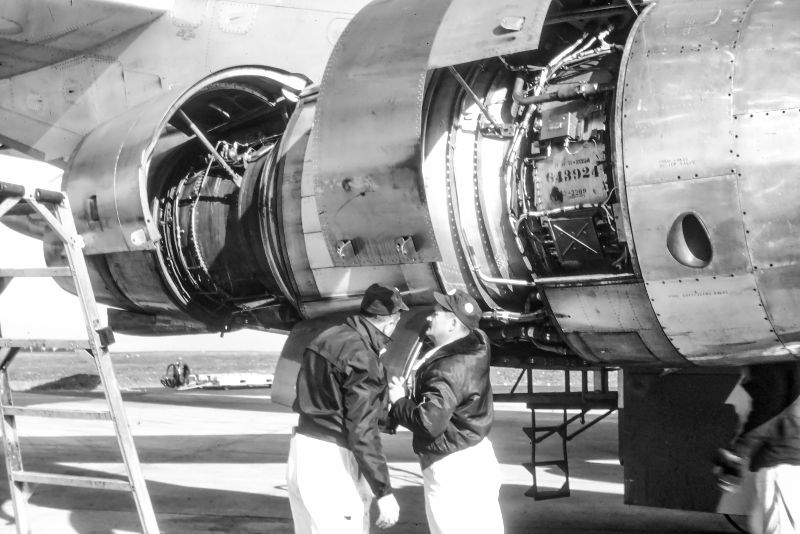
1964
A and B Concourses were built.
1966-69: Ambitious growth
The makings of the modern airport
In October 1967, a $44 million expansion program was presented, including construction of a second north-south runway set 800 feet west of and parallel to the main runway. The final plan, adopted in 1968, encased the old terminal inside a dramatic new structure featuring auto access on an upper driveway for arrivals and a lower level for baggage collection and departures. Sky bridges connected the main terminal to the first phase of a multi-deck parking garage for 4,800 vehicles (and a maximum potential capacity of 9,200). This in turn was linked by an internal highway system and new feeder roads to offer the first direct access to Interstate 5.
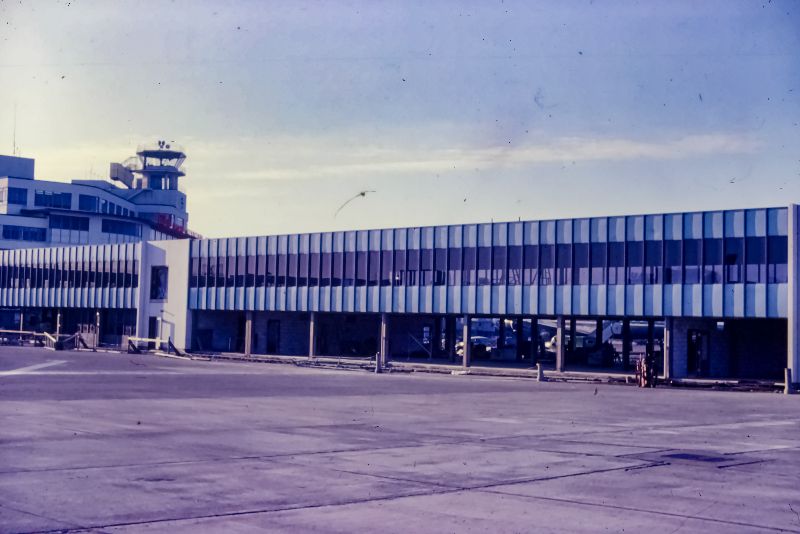
The terminal itself was expanded to 35 passenger gates with the addition of Concourse C. Satellite terminals were added north and south of the main building, accessed through two subway loops equipped with driverless automatic shuttle trains — the start of the current SEA Underground. Other improvements included new facilities for fuel, air cargo, and aircraft maintenance.
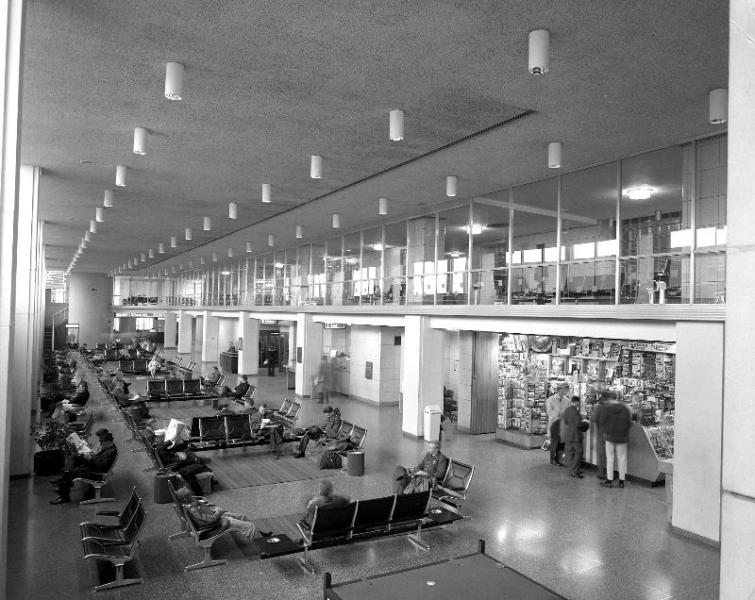
September 2, 1966
The first scheduled commercial polar flight began on the “Knud Viking” between Copenhagen and Seattle. The next day’s return flight to Copenhagen carried 2,400 pounds of fresh King salmon from Seattle to Denmark.
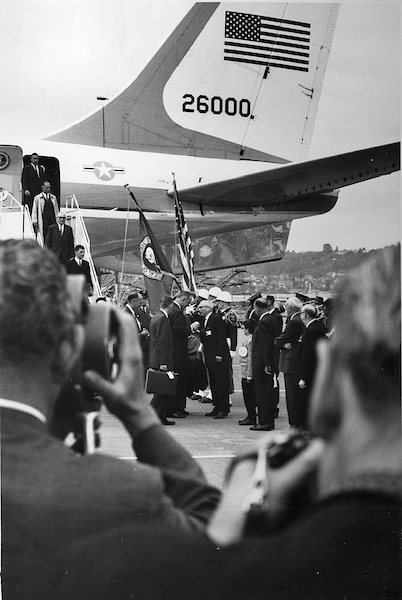
1967: Second runway construction
By 1966, passenger volume had doubled again, and the airport and its single primary runway were rapidly approaching capacity. Attempting to get ahead of the accelerating pace of airline travel, in 1967 the Port announced an ambitious $44 million construction project. The cost would climb to $175 million before it was completed in 1973 (driven in part by the high inflation of the 1970s) to build a second north-south runway and dramatically remake the terminal’s aprons and related facilities. The new 9,426 foot runway was located 800 feet west of the existing one. The narrow separation between runways prevented their simultaneous use during periods with low clouds (44 percent of the time), and led to the need for a third runway.
1968
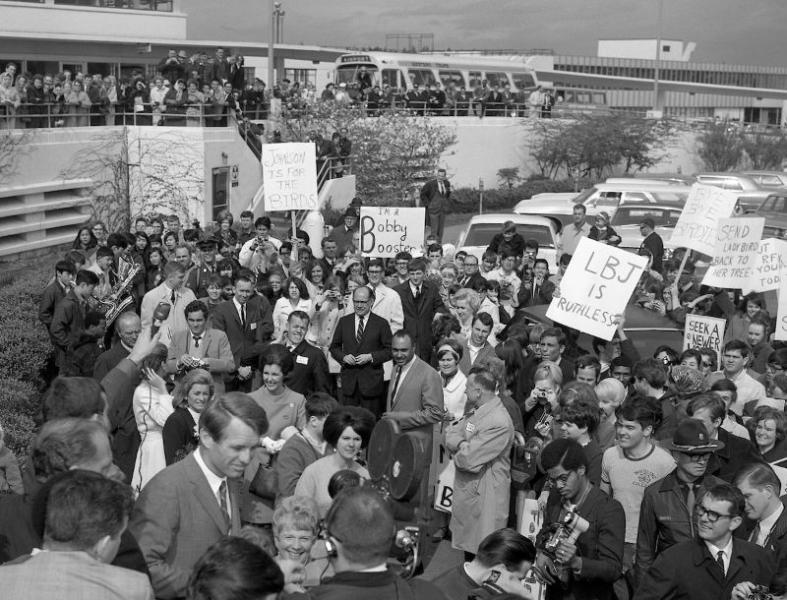
Robert F. Kennedy
Robert Kennedy addresses a crowd of supporters at SEA Airport on March 26, 1968. He was in Seattle campaigning for the Democratic nomination for President.
- Read more at HistoryLink
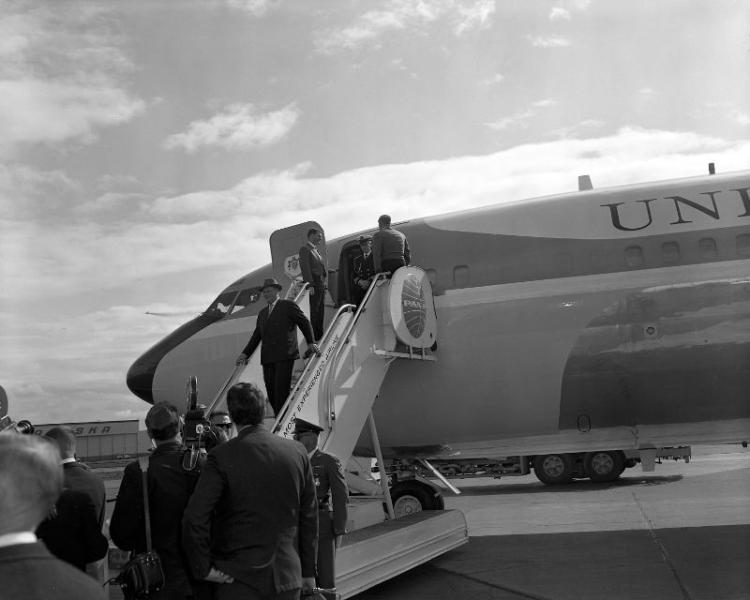
King Olav V
On May 1, 1968, King Olav V of Norway traveled through SEA Airport to attend a ceremony at the statue of Leif Erikson at the Port of Seattle's Shilshole Bay Marina, greeted retirees at the Norse Home, watched sea otters at the Woodland Park Zoo, and ate lunch at the Space Needle. At the Norway Center, he listened to the Ballard High School Band and the Issaquah High School Chorus and said, "It is fine that you are able to keep these (Norwegian) traditions as a living thing ... and blend them as part of the American way of life" (Post-Intelligencer). In the evening, he was the guest of honor at a banquet at the Olympic Hotel. (Source: HistoryLink)
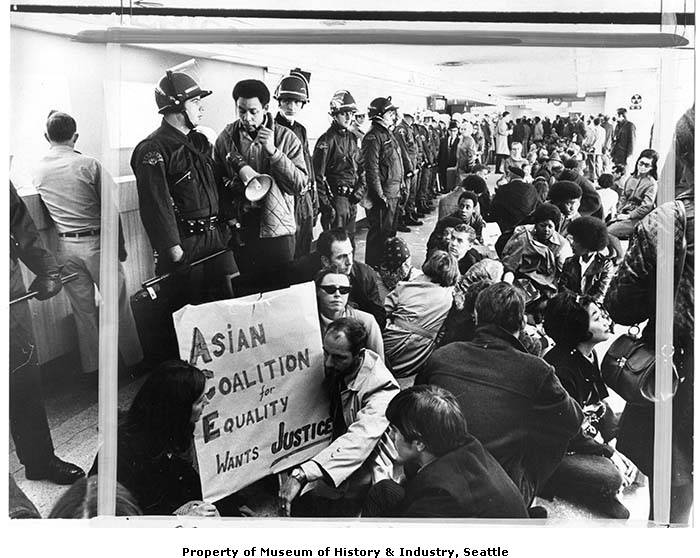
1969: Equal opportunity
In September 1969, the airport was the scene of dramatic civil rights demonstrations as the second runway was under construction. Tyree Scott of the Central Contractors Association (CCA) led more than 100 protesters onto the airport’s flight apron, delaying some flights and shutting down construction. That action and a sit-in at the airport terminal in November were part of a campaign by African American contractors and workers to win a share of federally funded construction projects and jobs ($47 million for SEA Airport construction came from the federal government). Although the Port and other agencies were amenable, the powerful building trades unions, which largely controlled hiring, resisted calls to open lucrative skilled construction jobs to minorities. Federal District Judge William J. Lindberg prohibited further disruption, but six months later he found the unions in violation of the 1964 Civil Rights Act and imposed a sweeping affirmative action program on the construction industry, including quotas in hiring, training, and union membership. Despite the turmoil, the second runway was completed in September 1970, and work on rebuilding and expanding terminal facilities continued even as the bottom dropped out of the regional economy.
- Learn about the modern Diversity in Contracting program
Air cargo takes off;
At the time SEA Airport was established, United and the other airlines concentrated largely on passenger service, carrying a relatively small amount of mail and other cargo (just over 6,000 tons in 1950, the first full year of operation) in the bellies of their passenger liners.
During the 1960s high quality, low weight freight and highly perishable items were increasingly carried in the bellies of passenger planes. Total air cargo rose to 48,7670 tons in 1964, doubled to 96,437 tons in 1967, and jumped another 30 percent to 12,577 tons in 1968.
- Learn more about air cargo at SEA Airport
Art for all
In 1969, the Port dedicated $300,000 for art and SEA Airport became the first airport in the country to have a public art program. The region's diversity is well-represented through European, all-American, Asian, Northwest Native American, and folk-art influences. Some of the works are by 20th-century artists of great renown, such as Frank Stella, Louise Nevelson, and Robert Rauschenberg. Many more are by regional and emerging artists who vitalize the collection with curiosity, beauty, and thought-provoking subject matter.
- Learn more about the public art program

